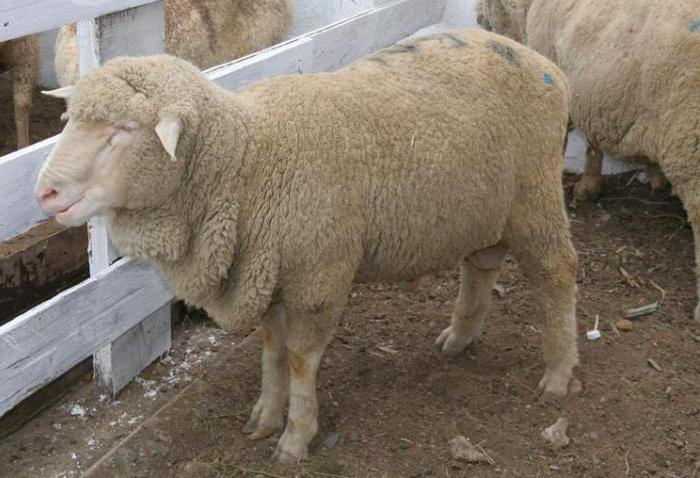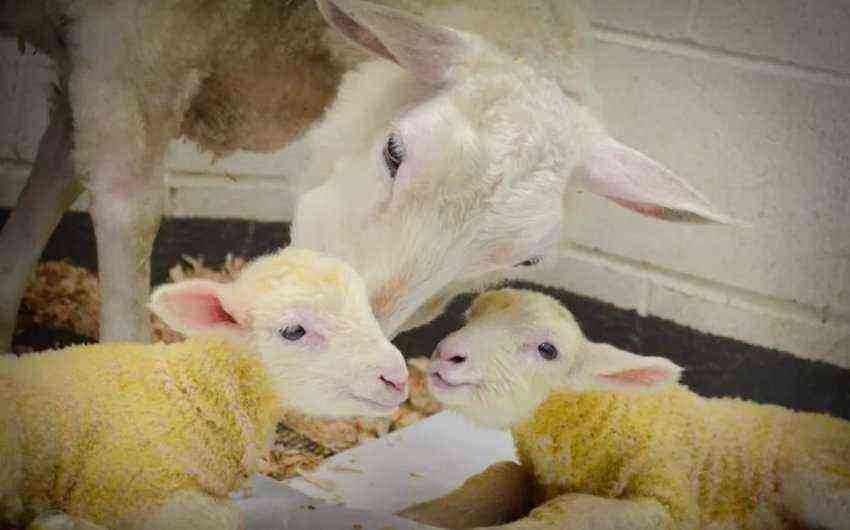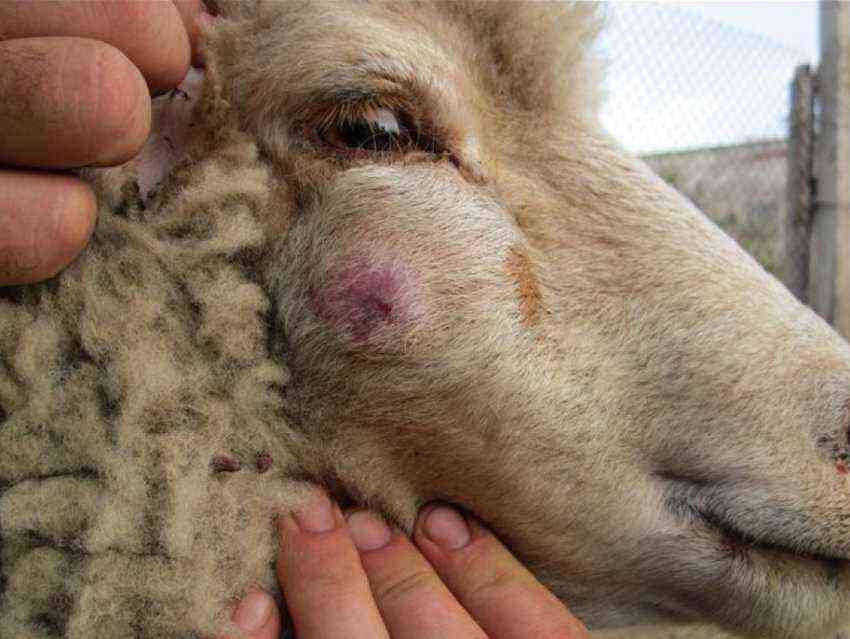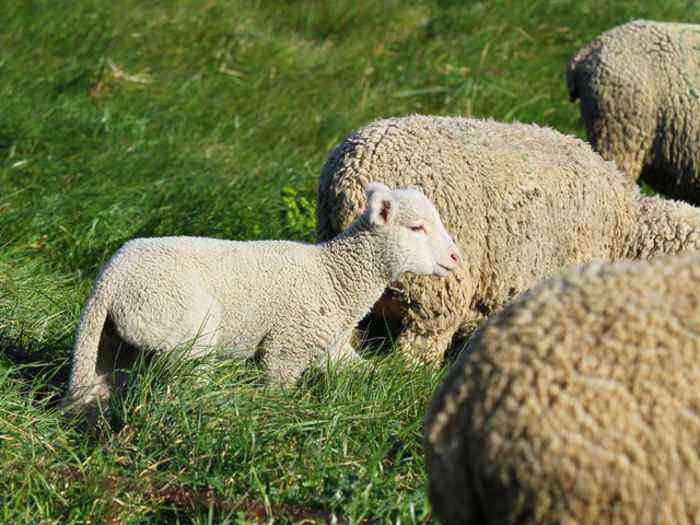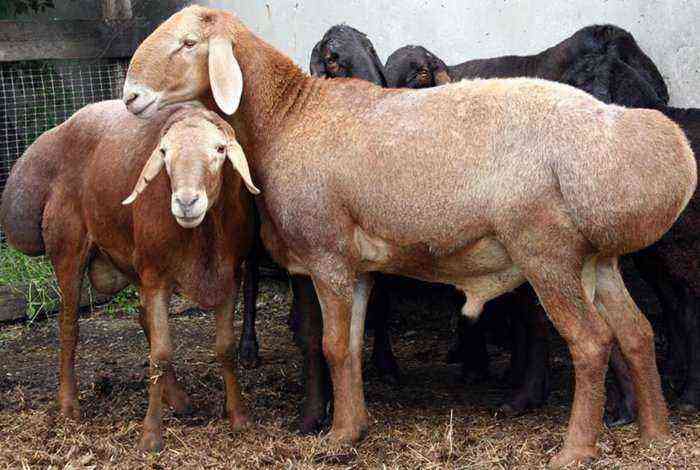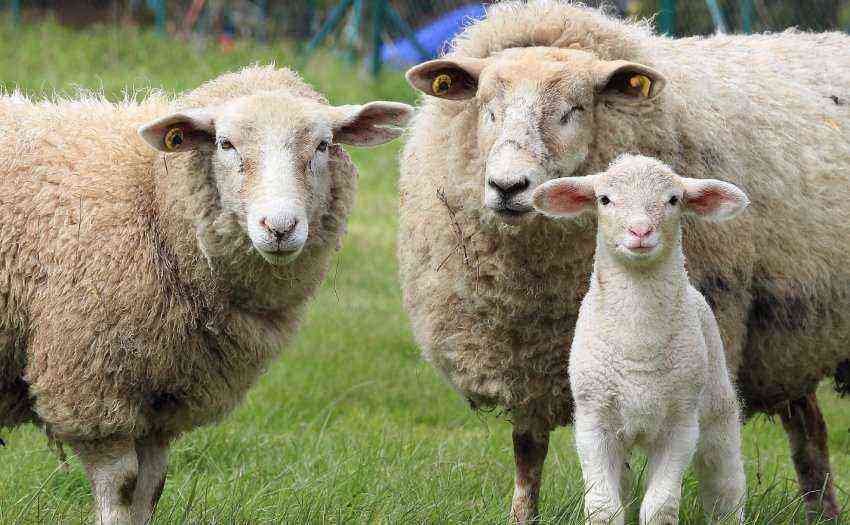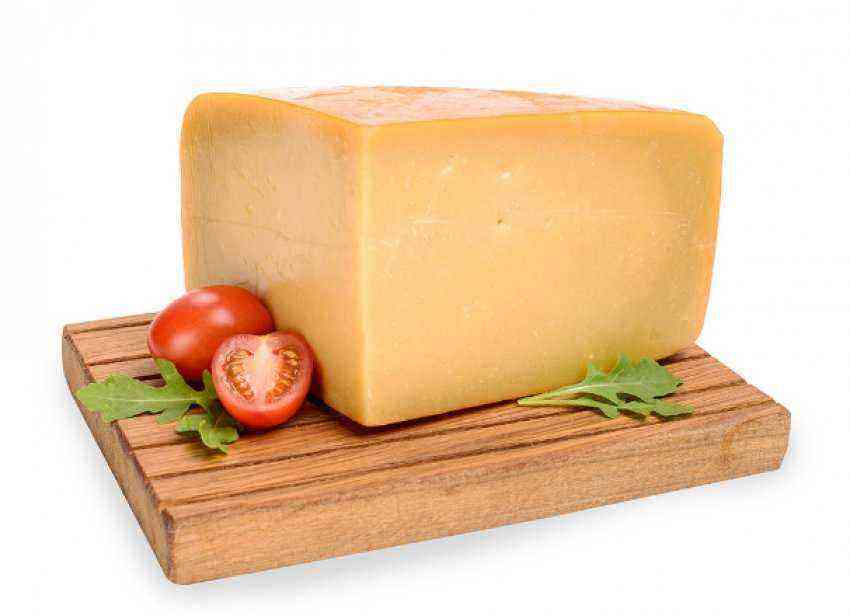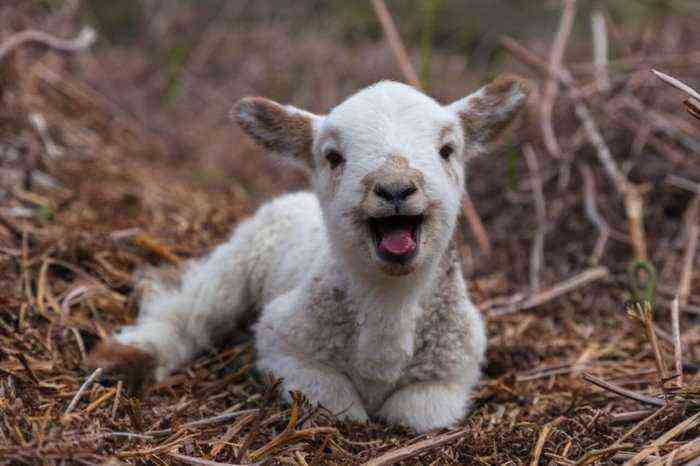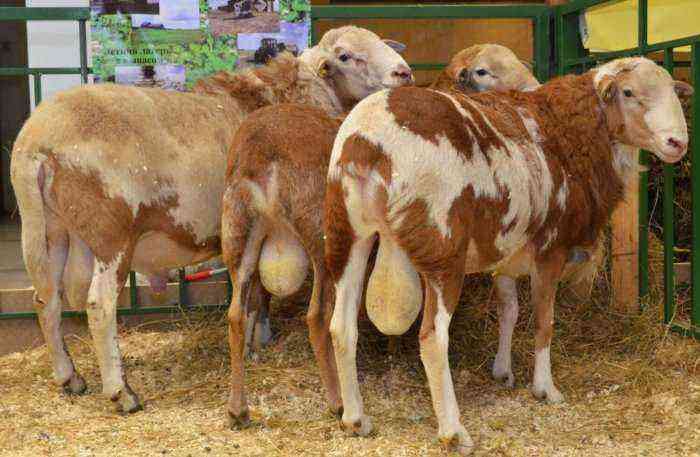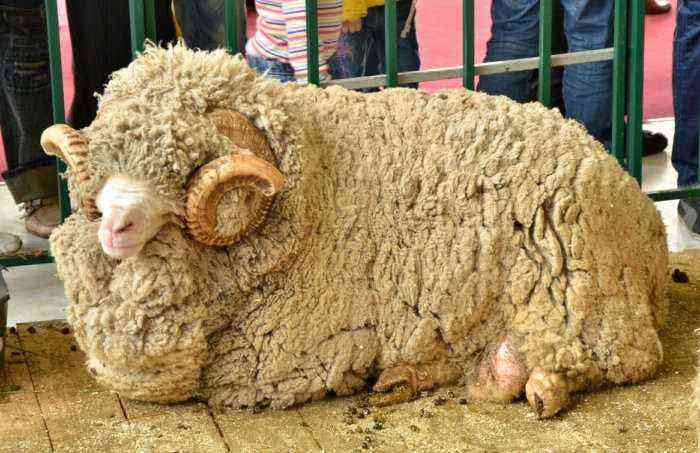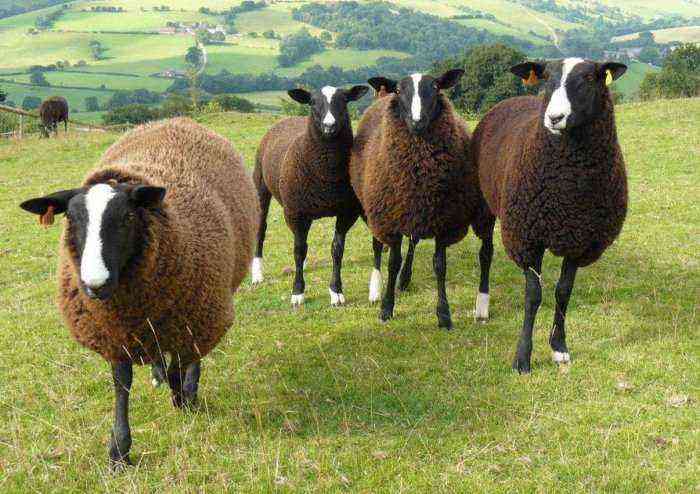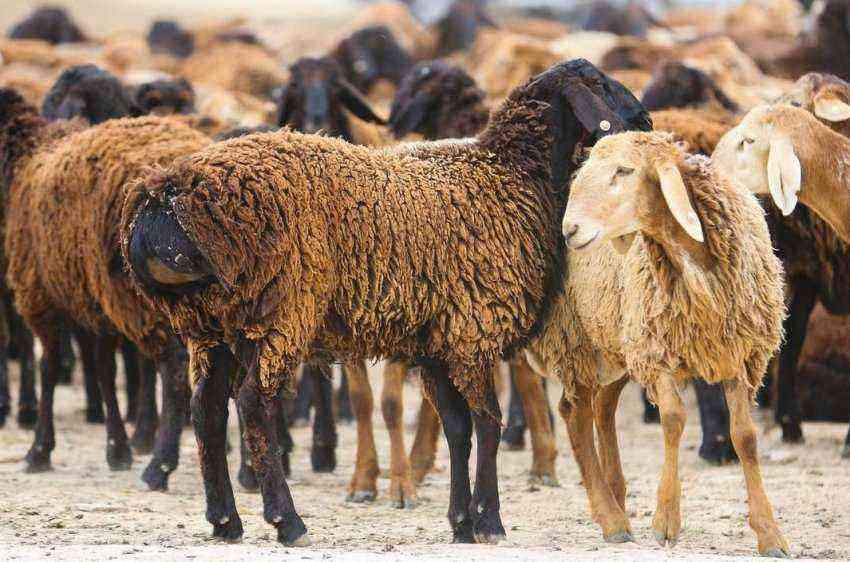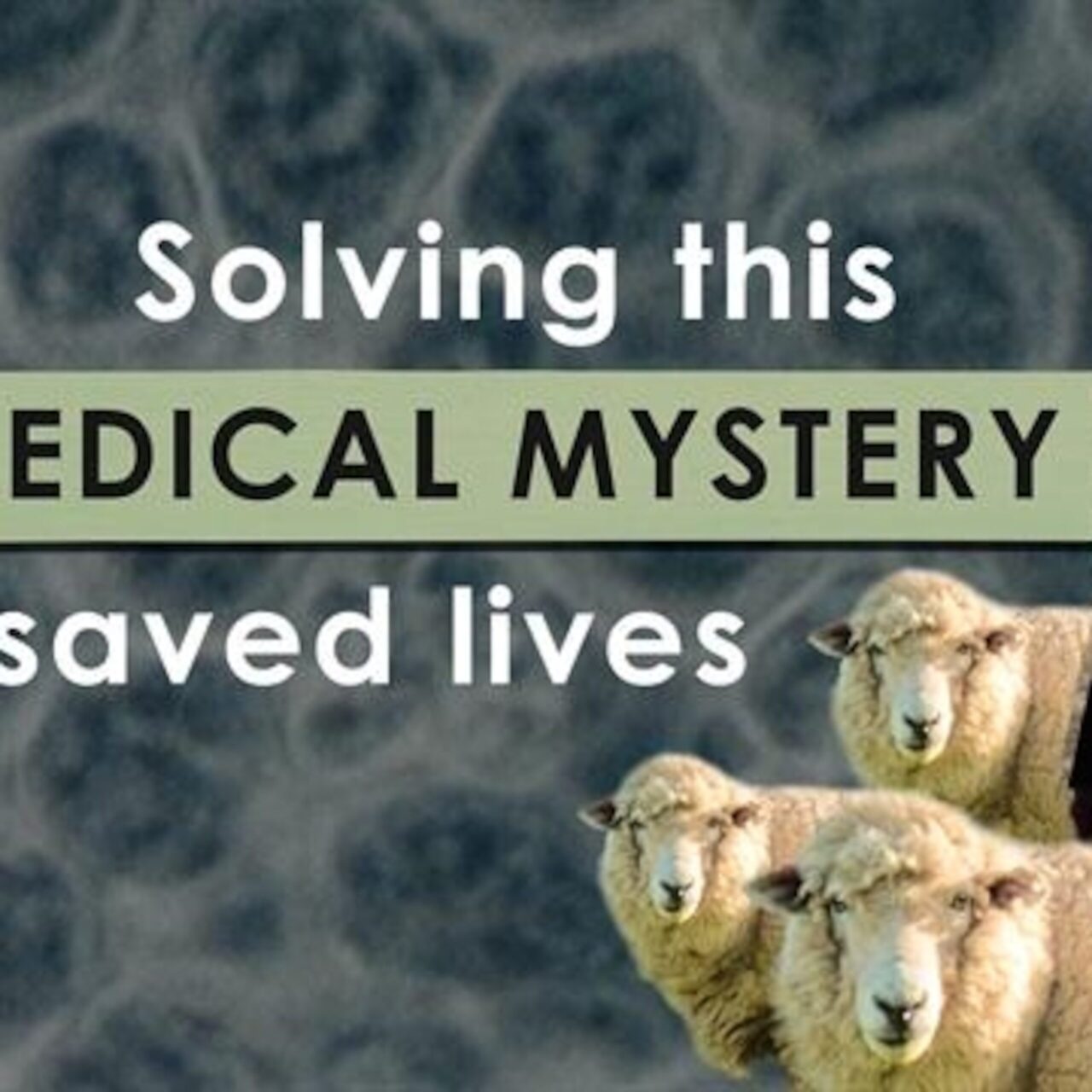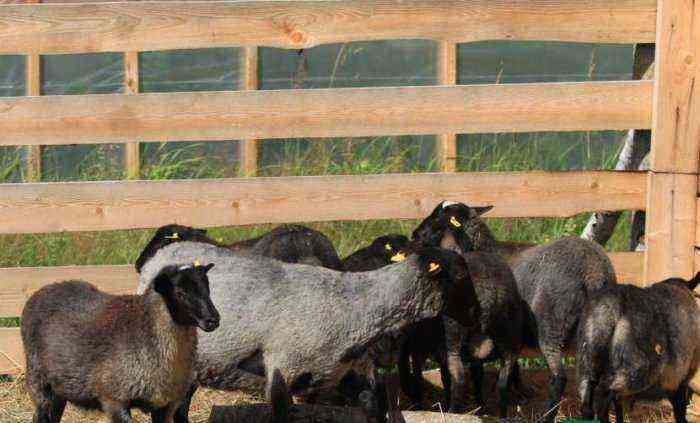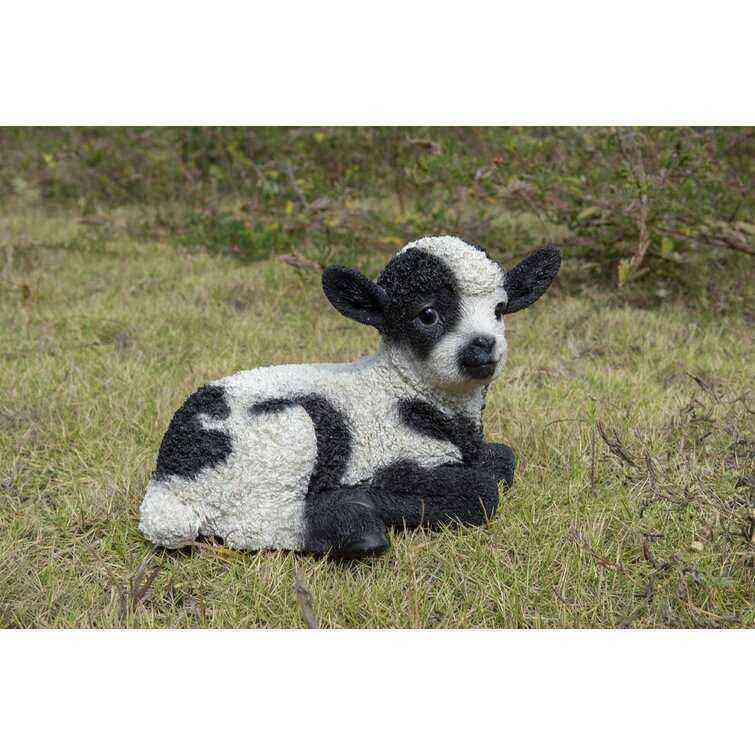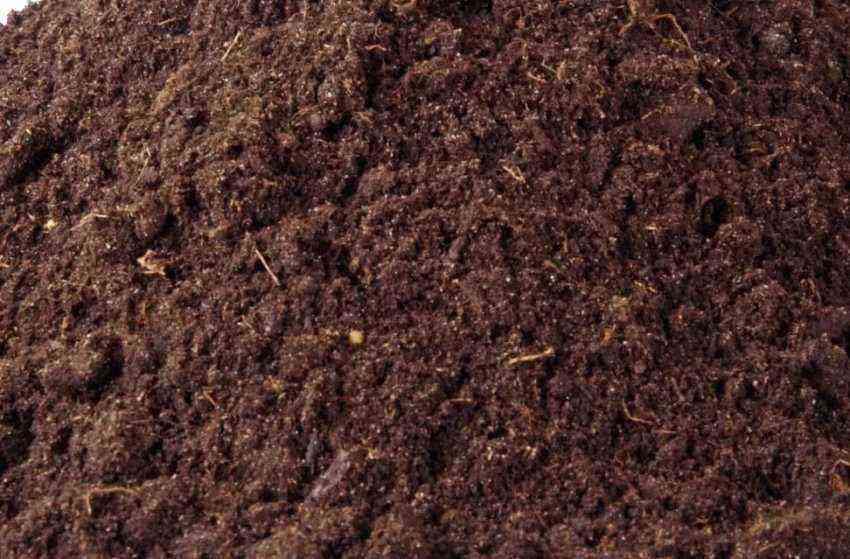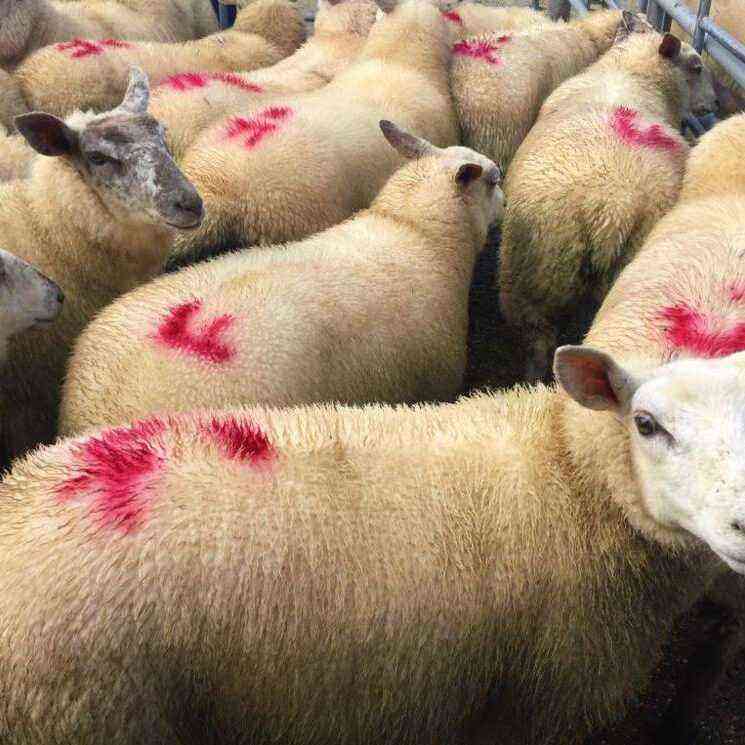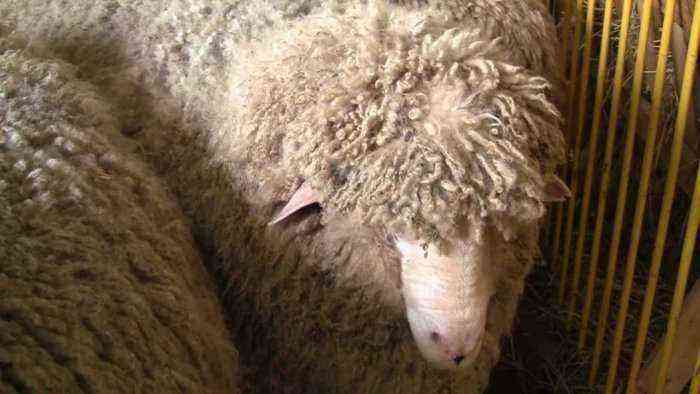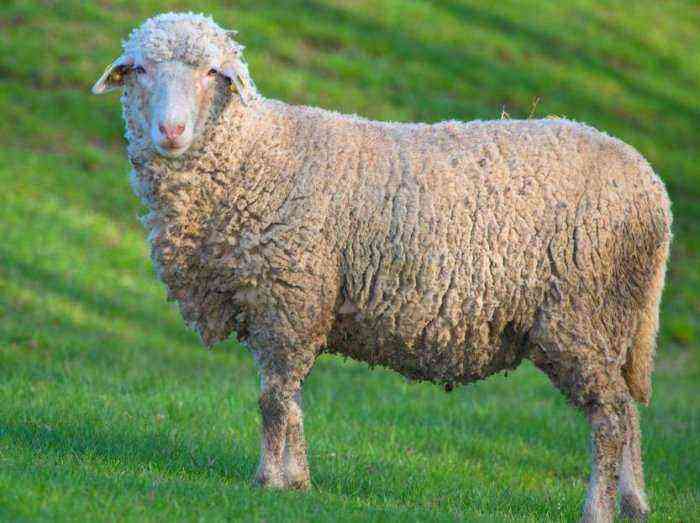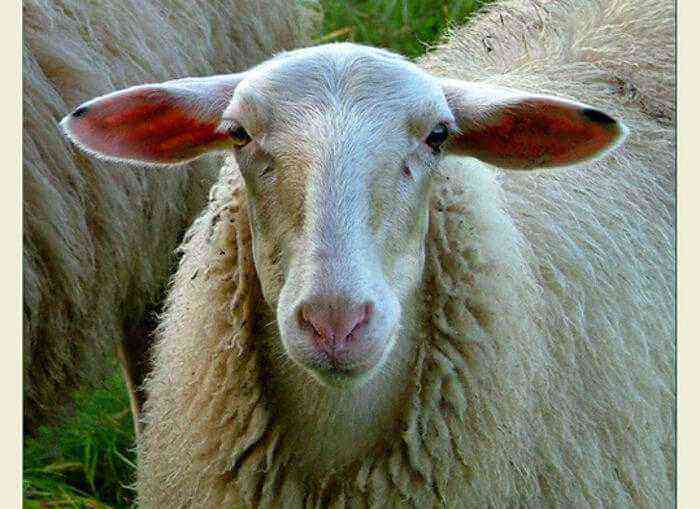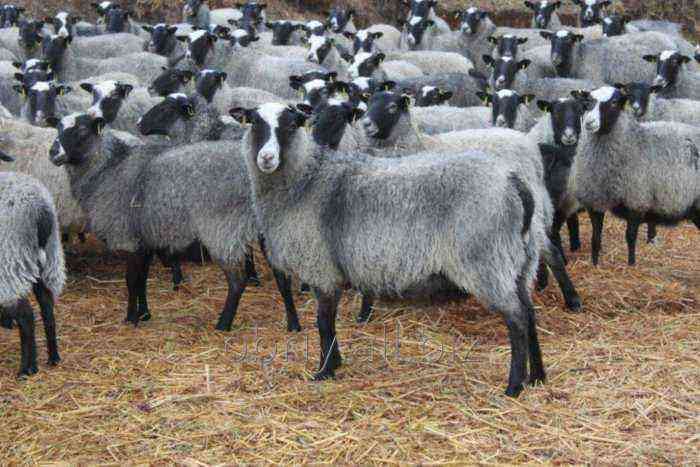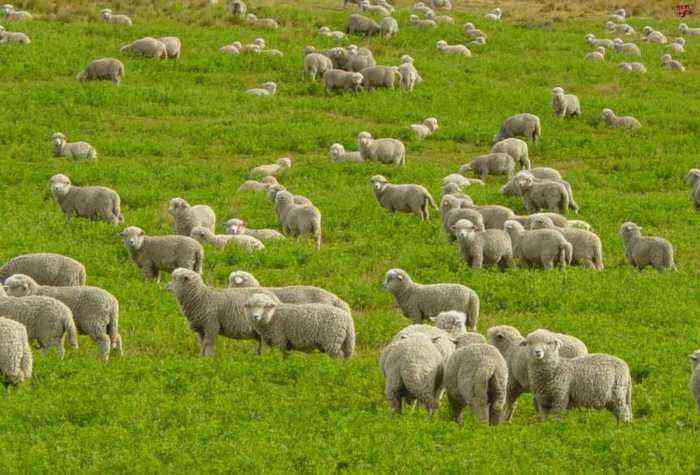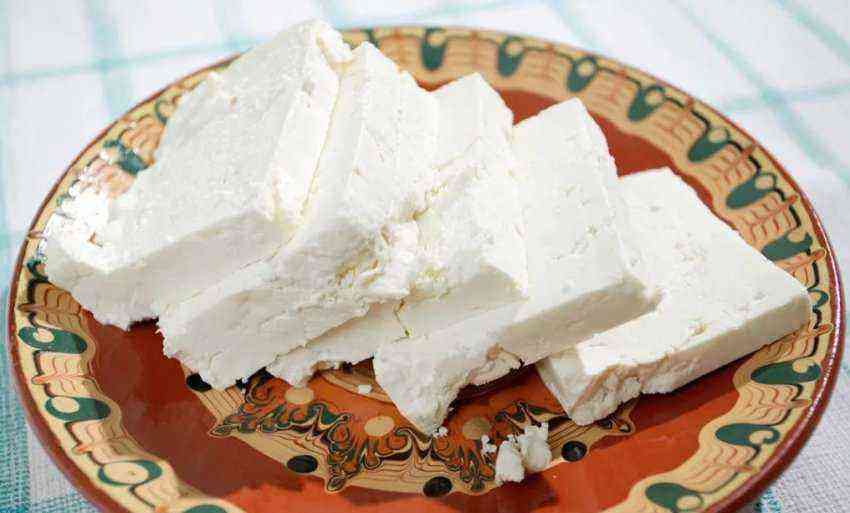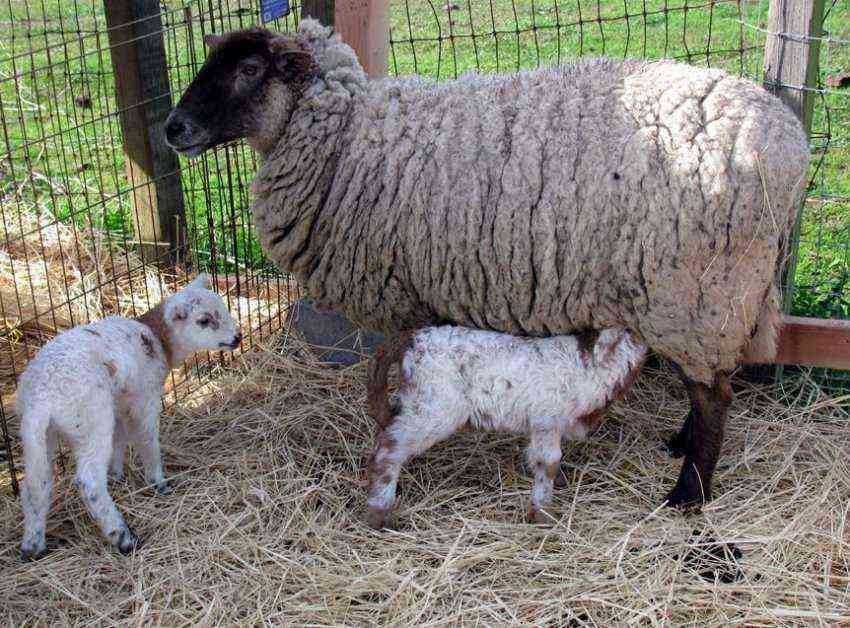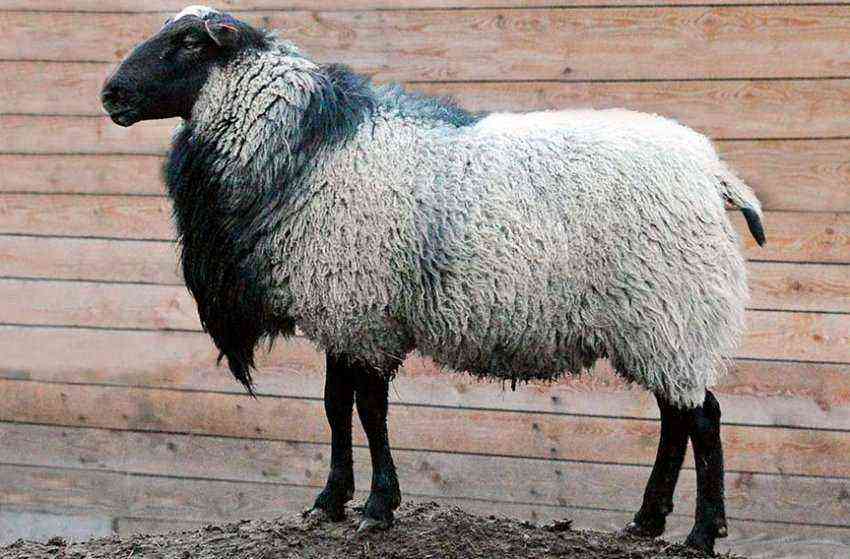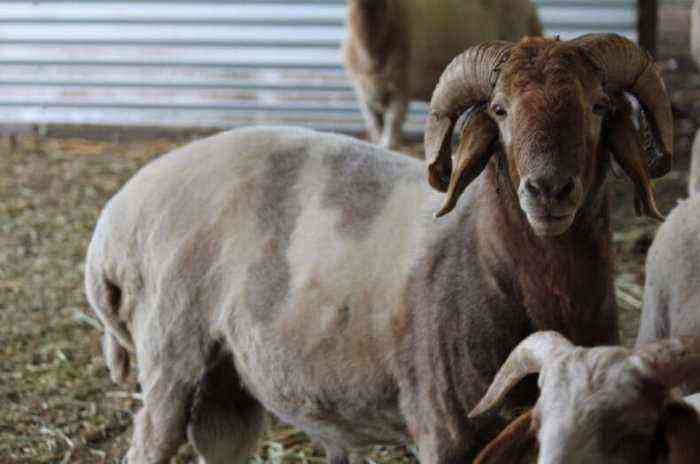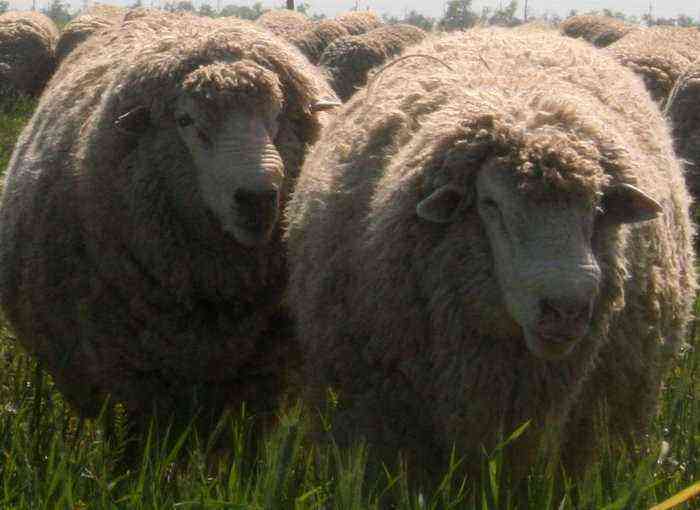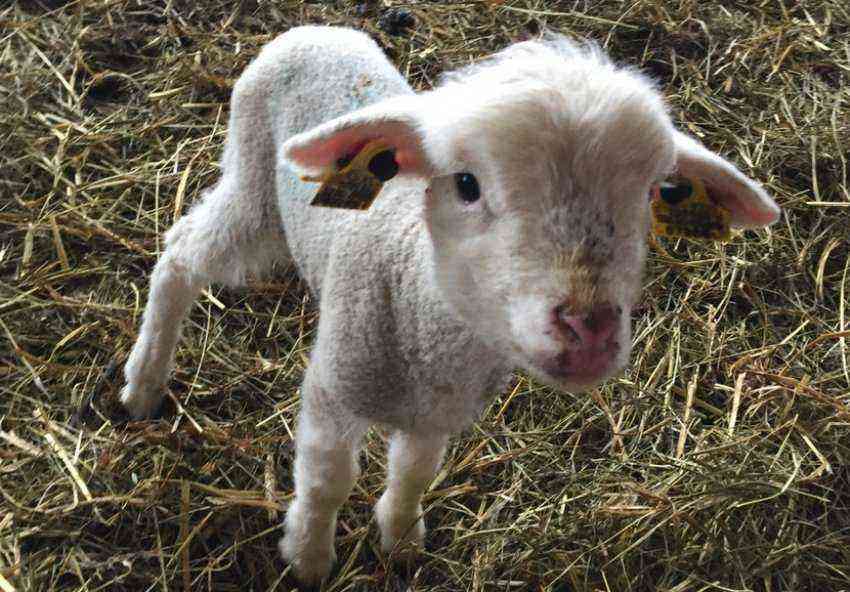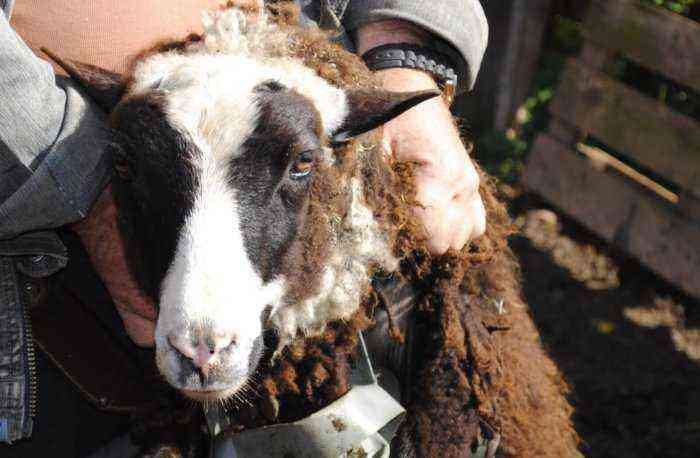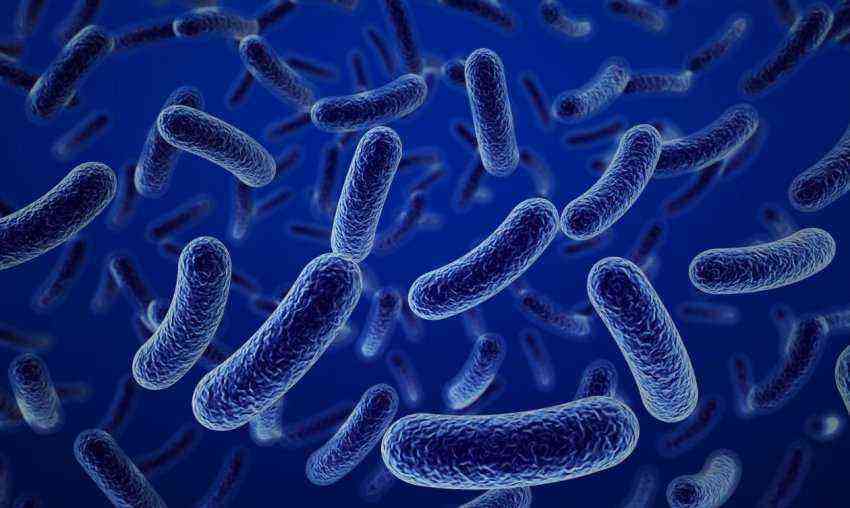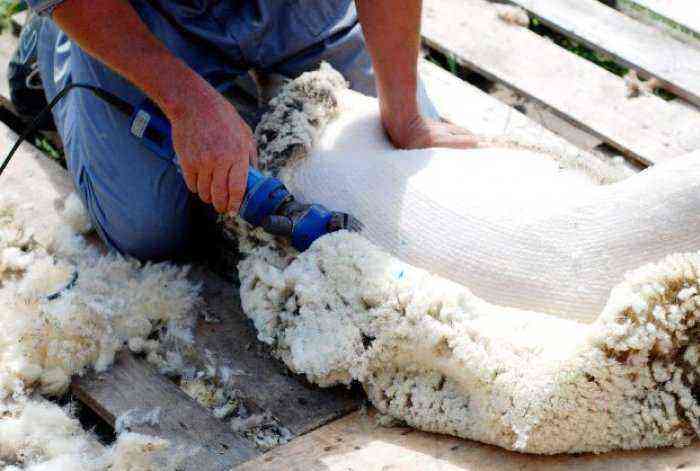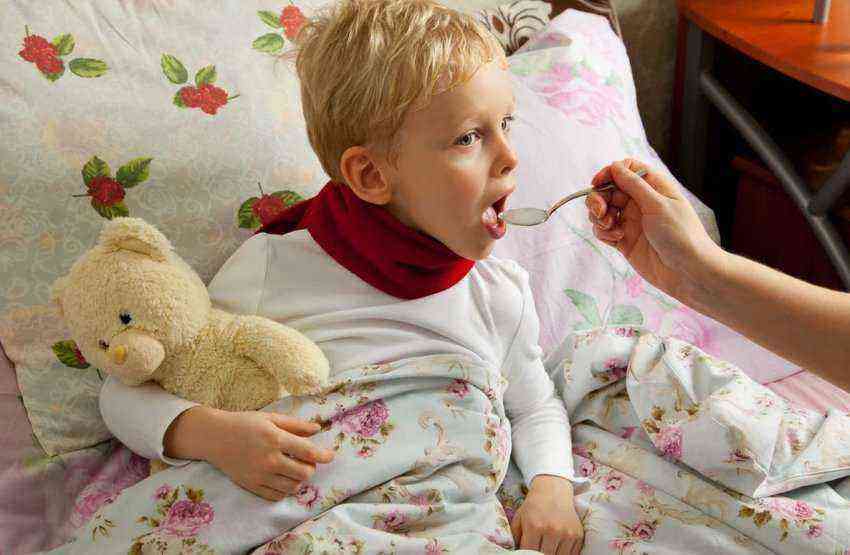An important aspect of farming is the regular production of a healthy offspring. Livestock farms use both natural mating and artificial insemination of sheep. The second method is considered more reliable and efficient. This article will tell you how to properly prepare sheep for mating, how animals mate in natural conditions. Readers will also learn how artificial insemination of sheep is carried out.
Sheep before mating
Sheep mating technique
Each livestock breeder, carrying out his activities, seeks to achieve maximum efficiency in mating sheep. There are various insemination technologies, each of which has its own advantages and disadvantages:
- free mating method;
- manual method;
- artificial insemination.
The free method implies that the insemination of ewes occurs without human intervention. Its advantage is that no additional manpower is used for mating. Disadvantages of this technique:
- you have to keep a lot of sires on the farm so as not to exceed the recommended load for each male;
- it is impossible to schedule a lambing time;
- in free mating, not all sheep are covered.
Manual mating of sheep requires constant monitoring of the staff, as it is necessary to select individuals that came to hunt, drive them to separate paddocks, and make sure that they are covered by the male. During mating, the rest of the females are idle. Thanks to this technique, it is possible to achieve maximum mating rates if the work is carried out according to all the rules, but there is no guarantee that all of them will lead to pregnancy.
Artificial insemination of sheep is popular in large farms. Its main advantages:
- High efficiency. Almost all females are pregnant after the procedure of artificial insemination.
- Reduced labor and material costs.
- It is possible to plan the time of lambing of each sheep.
- Increasing the load on the ram-producer. Each of them is able to inseminate up to 1000 ewes during a breeding period, and this does not affect his health in any way.
- Opportunities to use the most valuable producers increase more than 10 times.
- Reduces the risk of spreading infections transmitted by animal contact with each other.
Pregnant sheep
Rules for insemination and preparation for mating
Sheep reach puberty at the age of 6-7 months, but mating cannot be carried out at this time. The body of the animal has not yet formed, and pregnancy is a big burden. There is no guarantee that a fertilized young sheep will be able to bear and feed a lamb, since her body itself needs the nutrients that it receives. The first mating is recommended at the age of 16-18 months. By this time, the sheep is gaining the desired weight, which is 75% of the mass of an adult animal.
In most cases, sexual hunting in sheep occurs in late autumn. In winter, when severe frosts begin and in summer, when it is hot, not all females show signs of arousal.
Reference. Sheep of the Romanov breed are ready for mating at any time of the year.
Preparation for mating begins 2-2,5 months before the planned mating date. At this time, the lambs are taken away from the mother and milking is gradually stopped. Ewes should be examined for mastitis, assess their general health – examine the teeth, hooves. Individuals at a respectable age, too skinny, and also sick are subject to culling.
Attention! Sometimes it makes sense to make an exception, for example, when it comes to a thoroughbred and prolific ewe. If she has health problems, she is intensively treated, fattened and allowed into the broodstock.
The selection of sheep is also paid attention. Healthy individuals with a good physique, high productivity rates and excellent sperm quality are prepared for mating. The hooves of rams are obligatory examined. When problems are found, they are cleared and treated. Lame individuals and those with seals and clots in the scrotum area are subject to culling, which indicates the development of epidermitis.
Within a month and a half, sheep and rams are kept separately. During this period, animals must gain weight and accumulate strength for the upcoming mission – procreation.
Feeding sheep and rams before mating
Preparation for mating includes the organization of a complete diet for animals. Sheep are transferred to enhanced nutrition approximately 35-40 days before the expected date of mating. Their diet includes more protein. The recommended amount of concentrated feed for each male is 1-2 kg.
In addition to grain crops, breeding sheep are given:
- roots;
- silage;
- eggs;
- bone meal;
- salt.
Attention! All types of food are checked for mold – food must be fresh and of high quality.
The fatness of females affects their fertility. It has been proven that with proper and balanced feeding, 100 lambs can bring 150 or more lambs a year. In the diet of females should be present:
- fresh grass;
- roots;
- concentrates;
- mineral supplements.
Water plays an important role in the diet of sheep. In spring and summer, when animals receive a lot of succulent food on pastures, they are watered in the morning and evening. At other times – three times a day, because in order to process dry feed, sheep need to produce more saliva, which means that the need for water increases.
Important! An increase in body weight of ewes by 5 kilograms leads to an increase in fertility by almost 6%.
Sheep mating
A week before mating, animals selected for mating are again examined. If necessary, individuals with unsatisfactory indicators of body weight and health are discarded.
Mating process
The mating of sheep occurs during sexual hunting. To detect it, male probes are used. They are brought into the corral in small groups and the reaction of the larks is monitored. If they accept the cage and react calmly to the male, then they are ready to mate. With the free method, rams and sheep are kept together during the day or at night for a month and a half. At the same time, during the rest of the day, the producer is taken to a separate paddock for rest.
With the manual method, mating of sheep occurs with the same ram twice. To make sure conception has taken place, the sire is brought in for a control mating the next day after coating. If the female does not accept the cage, she is fertilized.
How is artificial insemination of sheep carried out?
For artificial insemination of sheep, individuals with signs of sexual hunting are also selected. They are kept in a separate pen, where probe rams are brought for a while. To protect them from mating, they put on a special apron that will not allow penetration during the cage.
Attention! There should be several probe rams, they are used in turn.
A sheep is ready to mate if:
- she accepts the cage, that is, she lets the male approach her;
- she first runs away from the male, after which she herself follows him.
After identifying all the females in a state of sexual hunting, they are transferred to the artificial insemination point. After feeding, it is recommended to fertilize them immediately. A second attempt at insemination is made the next day. If the ewes do not cover at this point, then you will have to wait another 16-18 days when estrus begins.
How is sheep sperm obtained?
In order to obtain seminal fluid, the male sire is arranged for a date with a female that shows signs of hunting. During the cage, his sperm is collected in a special container that resembles an artificial vagina. She is held in her right hand so that during ejaculation it is possible to collect biomaterial. Seminal fluid is used both in diluted and undiluted form for the fertilization of sheep.
Sheep before mating
The first option is applicable when the semen needs to be transported to another farm. It retains its qualities for a day or more. Upon arrival at her destination, the liquid is checked under a microscope for sperm motility. Undiluted seminal fluid is desirable to use in the near future.
The process of insemination of ewes
Artificial insemination should be carried out by a specialist, a person who has received the appropriate education or at least completed courses. Selected sheep are placed in special machines. At the same time, in the room where the procedure is carried out, the air temperature is maintained within 18-23 degrees. For insemination, a syringe catheter with a curved end is used. With the help of a mirror tool, it is gently inserted into the lamb’s vulva not too deep, about 3 cm inside the vagina. The curved end should be pointing down. Next, ram seminal fluid is injected into the vagina. For the fertilization of each individual, half a milliliter of sperm is enough.
Attention! It is convenient to use a semi-automatic syringe with a dispenser for insemination of sheep. When you press the handle, it injects the right amount of seminal fluid into the vulva of the sheep.
After the end of the procedure, the tool is disinfected and used to fertilize another ewe. It is important to ensure that the disinfectant does not get inside the catheter, otherwise it will destroy the spermatozoa during subsequent use of the syringe. Fertilized females are marked with paint and released into the corral. All data about the work done is recorded in the logs.
Artificial insemination is the most reliable and convenient method of breeding. It allows you to use a good producer ten times more often than with manual or free methods of mating. At the same time, almost 100% of the sheep are pregnant. That is why this technique is used by most large livestock breeders. Thanks to her, farmers manage to get a healthy and numerous offspring on a regular basis, which means increasing their profits.


